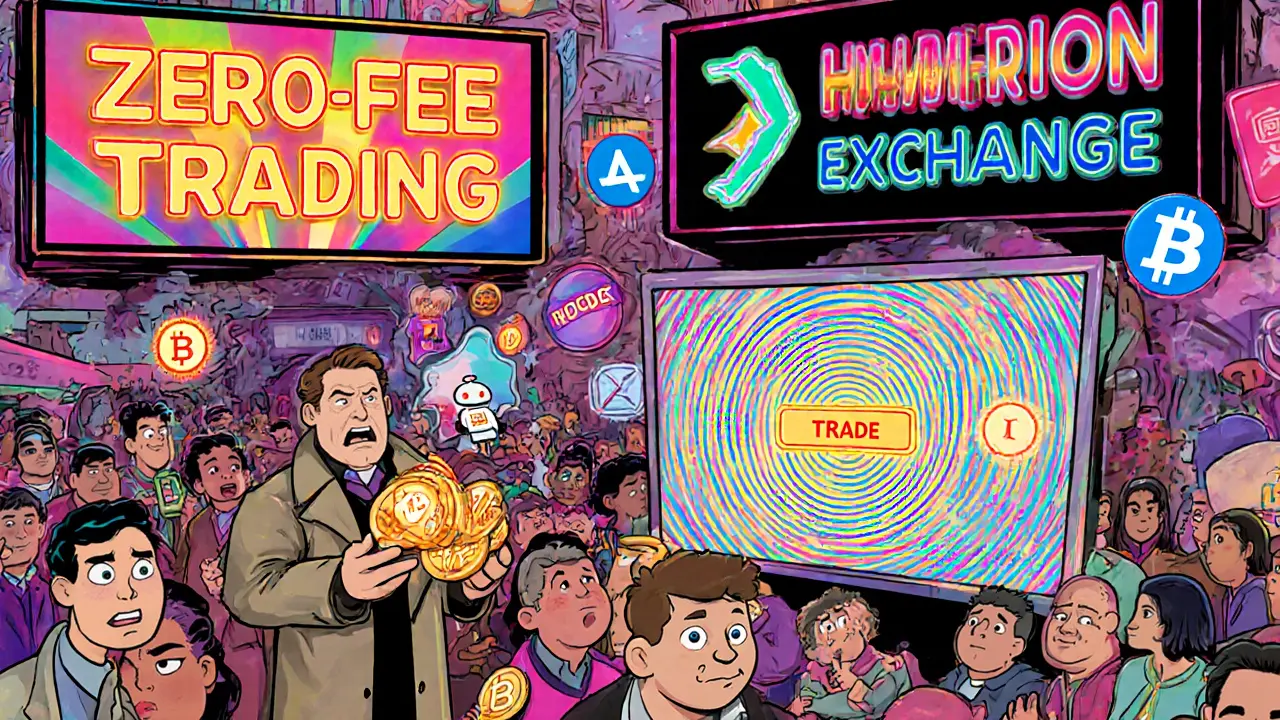Hyperion Crypto Exchange – Deep Dive into Fees, Security & Liquidity
When you hear about Hyperion crypto exchange, a newer platform that aims to combine low‑cost trading with advanced security tools. It’s also referred to as Hyperion, and it positions itself as a bridge between retail traders and institutional‑grade infrastructure. In practice, Hyperion bundles order‑book depth with a token‑based rebate system, meaning users can earn back a slice of the spread when they hold the native $HYP token. This model creates a feedback loop: more token holders boost liquidity, and better liquidity lowers slippage for everyone. The result is a marketplace that promises both price efficiency and a community‑driven incentive structure.
Beyond the core offering, Hyperion interacts with several key concepts that shape any modern exchange. First, trading fees, the charges applied per trade, often expressed in basis points are central to user decisions; Hyperion advertises sub‑0.1% taker fees for high‑volume accounts, a figure that rivals top‑tier competitors. Second, exchange security, the suite of measures protecting user assets, including multi‑factor authentication, cold‑storage ratios and regular audits is non‑negotiable, and Hyperion touts a 95% cold‑wallet reserve plus quarterly third‑party penetration tests. Third, liquidity, the depth of order books that determines how easily large orders can be filled without moving the market is bolstered by strategic partnerships with market‑making firms and by incentivizing $HYP staking. Fourth, the platform’s integration with the broader DeFi ecosystem, a network of decentralized protocols for lending, borrowing, and yield generation lets users route trades through automated market makers when price improvements arise. Finally, compliance tools such as real‑time AML screening and KYC verification underpin Hyperion’s effort to meet global regulatory expectations while keeping onboarding friction low. Together, these entities create a web where fee discounts depend on security compliance, and liquidity incentives are tied to DeFi integrations – a set of semantic triples that illustrate how Hyperion differentiates itself in a crowded market.
All of this sets the stage for the collection below. Below you’ll find a curated set of articles that break down Hyperion’s fee schedule, walk through the security architecture, compare its liquidity depth with other exchanges, and explain how to leverage its DeFi bridges for better trade execution. Whether you’re weighing a switch from a legacy platform or just curious about the mechanics behind a token‑rewards model, the posts ahead give practical insights you can act on right away. Dive in to see how Hyperion stacks up against the competition and discover tips for getting the most out of its features.
Hyperion Crypto Exchange Review: Fact Check & What Really Exists
Clarifies the myth of a Hyperion crypto exchange, outlines real Hyperion projects, compares them to legit exchanges, and offers safety tips.
